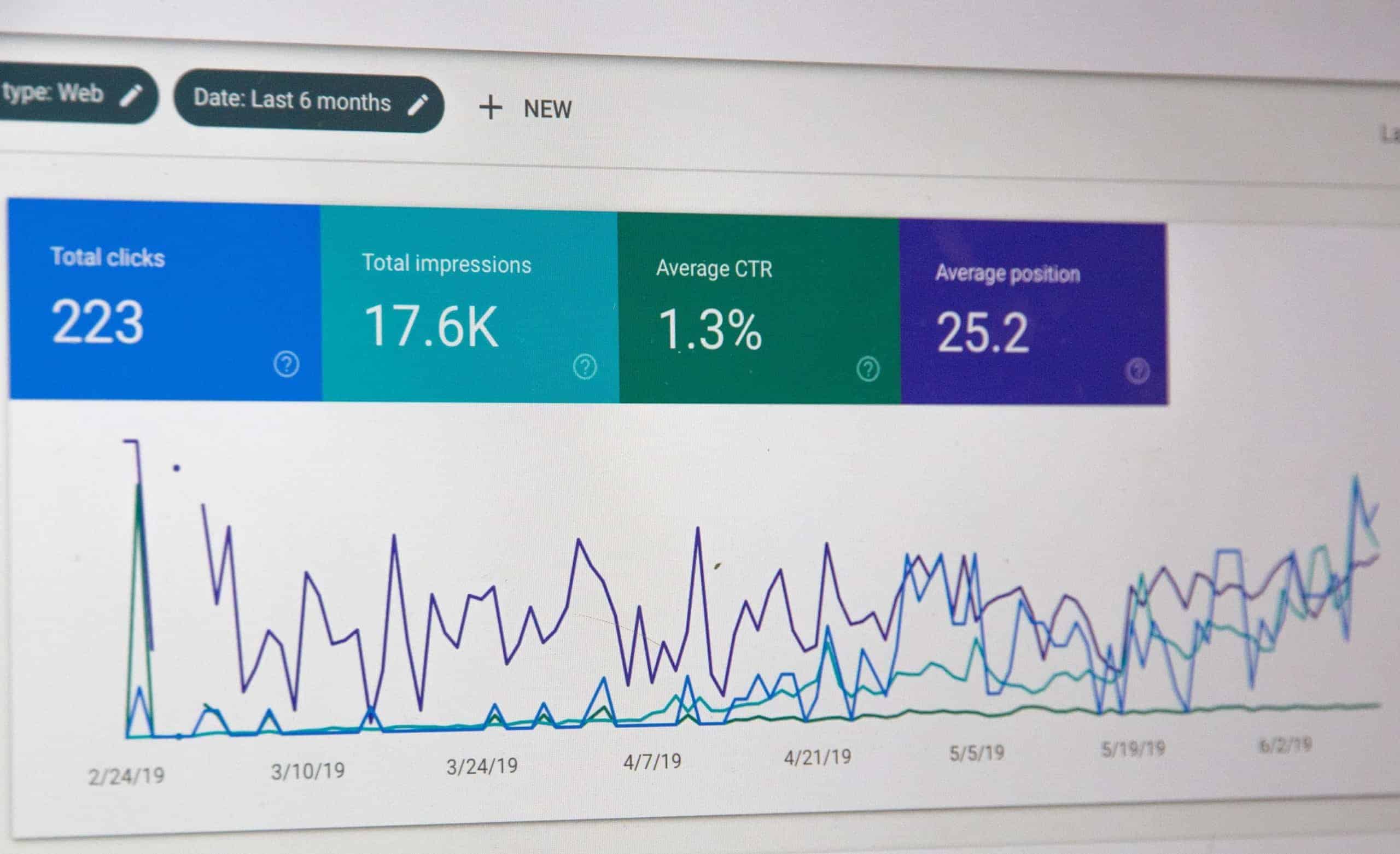How to Use Google Analytics Outside of the Marketing Department
No matter your industry, Google Analytics is like the Rosetta Stone for digital marketing. From evaluating content performance to improving SEO, Google Analytics offers a dizzying assortment of opportunities to gain a competitive advantage. Analytics can help you determine what your site visitors want most, allowing your marketing team to tailor its content strategy accordingly.
While website analytics offers immediate benefits to marketing and sales, your business shouldn’t take such a narrow view of its potential. As the technology has advanced, a wealth of untapped, actionable information has become more readily available in your user data. Though often underserved by Google Analytics, your business development, operations, and recruitment efforts can also be enhanced.
By allowing business intelligence to be deployed across your organization, you don’t just expand the reach of your website. You shift the way your organization views and utilizes it as well. Teams that may not recognize the possibilities available through digital will grow more invested upon seeing how their job becomes easier and more effective. Consequently, your whole organization becomes more invested in the digital efforts that are crucial to its long-term success.
If your website features a flexible and customizable backend design, every page and function is open to improvement. With site analytics measuring the success or shortcomings of each iteration, your website remains more responsive to user needs.
Once you’ve illustrated how far Google Analytics can take your marketing team, you can help your entire organization get that much smarter and go that much further. Here are three departments that can benefit from Google Analytics insights, too.
Business Development
For marketers, Google Analytics provides a goldmine of information about website performance. However, the ability to interpret these same patterns to better identify customer interests will help your organization shape a broader business strategy.

Google Analytics allows you to break down your site visitors into specific audiences. These segments organize your users according to data tied with a user’s geographic location, age range, and frequency of visits. From those groups, you can break the audience down into more segments, including those who have interacted with your site, how they arrived, and which pages they viewed. Segmenting your visitors this way allows your business development teams to recognize the demographic details in customers that your brand attracts as well as their levels of interest.
Trustworthy and organized customer data allows your business development team to identify which company offerings are attracting the most interest. In the process, customer communications grow more targeted by establishing specific personas informed by user traits.
Customer data does not only sharpen your marketing approach; it also determines areas of your business deserve more focus. With a strategy built on concrete data, sales teams have the information they need to focus on their most viable leads and market segments. At the same time, they quickly recognize the areas of your business that may not be worth expending further resources.
Customer Service
At its root, Google Analytics illuminates the areas of your site that best serve your customers. With a focus on keeping every aspect of your business running smoothly, your operations team can use data from website user behavior to better determine customer satisfaction levels.
Google Analytics illustrates details such as session duration and bounce rates, which refers to how long site users stay on a given page. If users are finding contact forms but failing to complete them, then your organization team can change their page design to facilitate better engagement.
Your website can also ease the burden on your organization’s call centers. Instead of spending resources to field around-the-clock service calls, your operations team can supplement its support efforts through chat bots and FAQ pages.
Once these service-oriented pages are in place, they’re also open to analytics. If support pages have a high bounce rate, then your customers are most likely not finding the information they need. Similarly, if pages targeting customer service feature high usage rates for chatbots and contact forms, then your website is facilitating engagement in a critical area of your business.

Your customer service teams can also integrate Net Promoter Score (NPS) with Google Analytics. NPS measures customer feedback through a survey that asks customers to estimate their likelihood of recommending your product. Breaking your customers into categories of detractors, passives, and promoters, NPS allows your team to recognize issues that impact retention.
NPS surveys can be delivered via email or on your website. By incorporating your NPS scores into your Google Analytics dashboard, your operations team can monitor customer satisfaction trends in real time.
HR Recruitment
With stakeholders across your organization, your website is more than just a sales funnel.
For your HR department, pages that illustrate the compelling internal details of your company and its open positions provide a vital way to attract new talent. Through Google Analytics, your hiring department can view their recruitment efforts with the same data-driven approach as your sales team. For instance, if your job listings aren’t generating enough responses, your HR team can adjust your website’s content, functionality, or design.
Maybe your “about us” page needs to be revamped to better reflect your organization’s culture. Or, maybe your HR team can invest in that portion of the site by adding more images of your employees and how they work together, or incorporate testimonials from current employees. By dedicating resources toward improving the digital experience for prospective new hires, your organization can attract better candidates.
With its ability to interpret user behavior, Google Analytics can impact your organization’s perspective. Through reporting on the ways your website impacts every business area, you build a sense within your internal culture that digital is more than just another marketing initiative. Once internal stakeholders have bought into the success of your website, you can be assured that the digital-driven culture your business needs to ensure its long-term success isn’t far behind.
